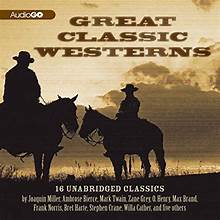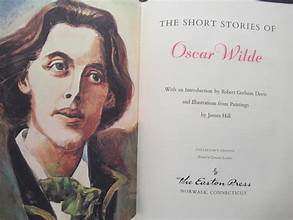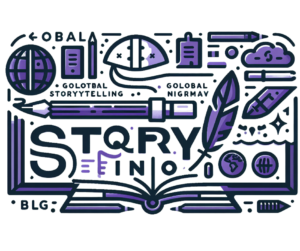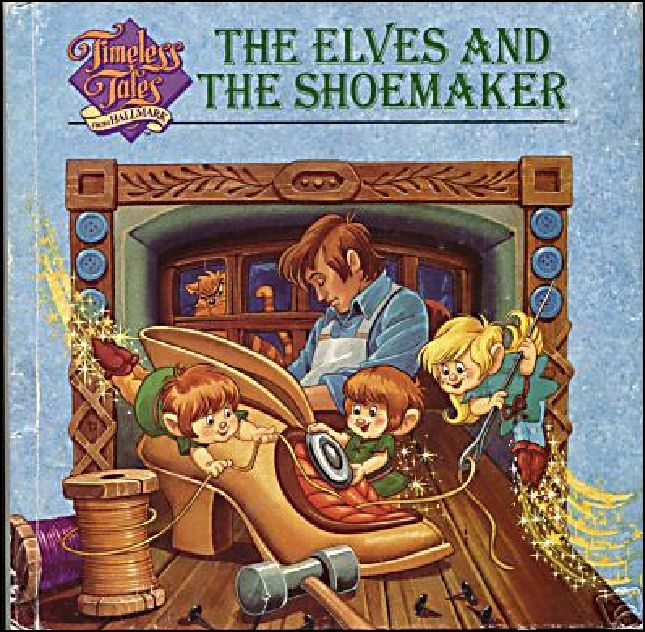The 20th century was a golden era for literature, marked by an explosion of creativity and innovation. Among the numerous literary forms that flourished, the short story emerged as a particularly compelling medium. The brevity of the form allowed writers to distill complex themes and emotions into concise, powerful narratives. In this article, we will rediscover some of the most iconic short stories of the 20th century, exploring their impact on literature and culture.
The Power of the Short Story
Short stories are often overlooked in favor of novels, but they hold a unique place in literature. Their compact nature demands precision and economy of language, making them a perfect canvas for experimental techniques and poignant themes. The 20th century, with its rapid societal changes and cultural shifts, provided fertile ground for short stories that challenge conventions and offer fresh perspectives.
1. “The Lottery” by Shirley Jackson (1948)
Shirley Jackson’s “The Lottery” is a masterpiece of psychological horror and social commentary. Set in a small, seemingly idyllic town, the story unveils a dark tradition of ritualistic violence. Jackson’s chilling narrative critiques conformity and the dangers of blindly following tradition. Published in The New Yorker, it sparked intense debates and remains a powerful example of how short stories can provoke thought and discomfort.
Key Themes: Conformity, tradition, violence
Impact: The story’s unsettling twist and its critique of societal norms have cemented it as a seminal work in American literature.
2. “A Good Man is Hard to Find” by Flannery O’Connor (1953)
Flannery O’Connor’s “A Good Man is Hard to Find” is a quintessential Southern Gothic tale that delves into themes of grace, redemption, and human frailty. The story follows a family’s ill-fated road trip, culminating in a violent encounter with a notorious criminal known as The Misfit. O’Connor’s use of dark humor and moral complexity challenges readers to reflect on the nature of goodness and evil.
Key Themes: Redemption, family, violence
Impact: O’Connor’s distinctive voice and her exploration of moral and existential questions have earned her a lasting place in the American literary canon.
3. “Harrison Bergeron” by Kurt Vonnegut (1961)
Kurt Vonnegut’s “Harrison Bergeron” is a satirical dystopian short story that critiques the concept of enforced equality. Set in a future society where everyone is made equal through physical and mental handicaps, the story follows the rebellion of a young man who refuses to conform. Vonnegut’s sharp wit and social critique make this story a poignant commentary on the limits of equality and individualism.
Key Themes: Equality, individuality, government control
Impact: The story’s satirical edge and its exploration of political themes have made it a staple in discussions about dystopian literature and social commentary.
4. “The Tell-Tale Heart” by Edgar Allan Poe (1843)
Although Edgar Allan Poe’s “The Tell-Tale Heart” was published in the 19th century, its influence and relevance extend into the 20th century and beyond. This short story is a masterclass in psychological horror, presenting the narrator’s descent into madness with chilling precision. Poe’s exploration of guilt and paranoia continues to resonate with readers and has influenced countless writers in the genre.
Key Themes: Guilt, madness, horror
Impact: Poe’s innovative narrative style and his exploration of psychological depth have cemented his place as a pioneer of the horror genre.
5. “Cathedral” by Raymond Carver (1983)
Raymond Carver’s “Cathedral” is a poignant exploration of communication, connection, and personal transformation. The story revolves around a man who, initially skeptical and prejudiced, comes to a deeper understanding of himself and others through a conversation with a blind man. Carver’s minimalist style and focus on the mundane aspects of life highlight the transformative power of empathy and human connection.
Key Themes: Communication, transformation, empathy
Impact: Carver’s sparse yet powerful prose and his ability to find profound meaning in everyday interactions have made this story a landmark in contemporary literature.
6. “The Yellow Wallpaper” by Charlotte Perkins Gilman (1892)
Charlotte Perkins Gilman’s “The Yellow Wallpaper” is an influential feminist text that critiques the treatment of women’s mental health in the late 19th century. Through the narrator’s descent into madness, Gilman addresses themes of gender roles, oppression, and the need for self-expression. The story’s psychological depth and social critique have made it a cornerstone of feminist literature.
Key Themes: Gender roles, mental health, oppression
Impact: Gilman’s narrative and her critique of societal norms continue to inspire discussions about gender and mental health in literature.
7. “The Snows of Kilimanjaro” by Ernest Hemingway (1936)
Ernest Hemingway’s “The Snows of Kilimanjaro” is a profound reflection on life, death, and artistic failure. Set against the backdrop of an African safari, the story follows a dying writer as he reflects on his life and regrets. Hemingway’s terse prose and his exploration of existential themes provide a poignant meditation on human experience.
Key Themes: Mortality, regret, artistic failure
Impact: Hemingway’s distinctive style and his exploration of existential themes have solidified this story as a classic in American literature.
8. “The Metamorphosis” by Franz Kafka (1915)
Franz Kafka’s “The Metamorphosis” is a landmark in modernist literature, presenting a surreal and symbolic narrative about transformation and alienation. The story follows Gregor Samsa, who wakes up one morning to find himself transformed into a giant insect. Kafka’s exploration of identity, family dynamics, and societal expectations continues to captivate and perplex readers.
Key Themes: Alienation, identity, family
Impact: Kafka’s innovative narrative and his exploration of existential themes have had a lasting influence on literature and philosophy.
9. “The Cask of Amontillado” by Edgar Allan Poe (1846)
Another masterpiece by Edgar Allan Poe, “The Cask of Amontillado” delves into themes of revenge and deception. The story follows Montresor’s elaborate plan to exact vengeance on his perceived wrongdoer, Fortunato. Poe’s skillful use of suspense and his exploration of the darker aspects of human nature make this story a classic of the Gothic genre.
Key Themes: Revenge, deception, guilt
Impact: Poe’s use of irony and his exploration of psychological motives have made this story a significant contribution to the genre of Gothic fiction.
10. “Where Are You Going, Where Have You Been?” by Joyce Carol Oates (1966)
Joyce Carol Oates’s “Where Are You Going, Where Have You Been?” is a haunting and unsettling story about the dangers of adolescence and the loss of innocence. The narrative follows Connie, a teenage girl who encounters a mysterious and menacing stranger. Oates’s story combines elements of horror and psychological drama to create a powerful commentary on vulnerability and exploitation.
Key Themes: Adolescence, innocence, exploitation
Impact: Oates’s chilling narrative and her exploration of psychological and societal issues have made this story a significant work in contemporary literature.
Conclusion
The short stories of the 20th century offer a rich tapestry of themes, styles, and innovations. From psychological horror to social satire, these stories reflect the complexities of human experience and the transformative power of literature. Rediscovering these iconic tales allows us to appreciate the enduring impact of short stories and their ability to capture the essence of their time while resonating with readers across generations. Whether you are a long-time fan of short fiction or a newcomer to the genre, these stories provide a profound and enriching literary experience.












